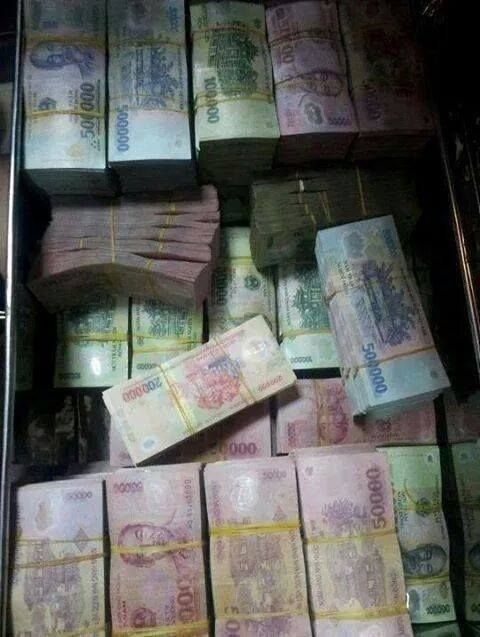Power outage disrupts flights at Vietnam airport

Many airlines could not land in or take off their flights around noon Thursday at Tan Son Nhat airport in Ho Chi Minh City as the air traffic control tower was hit by a power outage.
Electricity went out at the air traffic control center, disabling the radar system, a source close to Tuoi Tre (Youth) newspaper confirmed.
Flights thus could not leave or land at the airport, while some had to land at back-up terminals, according to the source.
A representative from the Civil Aviation Authority of Vietnam said he was briefed about the situation, adding the reason behind the disruption was a power outage that broke out at 11:11 a.m.
The issue was fixed at 12:25 a.m.
Du Hai, a photojournalist of The Thao Thanh Pho Ho Chi Minh (Ho Chi Minh City Sports) newspaper, said he was at Tan Son Nhat airport on Thursday morning to board the VietJet Air flight 156 with the city’s pétanque team to Hanoi.
The flight had been scheduled to leave at 7:30 a.m. but it was delayed to 10:30 a.m., Hai told Tuoi Tre via telephone.
When Hai and other passengers eventually boarded the flight at 11:15 a.m., they were informed of the power outage.
At 12:00 a.m., all of the passengers were told to leave the aircraft, but none of them were explained by the airport as to what was really happening at the moment, Hai complained.
~News courtesy of Tuoi Tre~

Many airlines could not land in or take off their flights around noon Thursday at Tan Son Nhat airport in Ho Chi Minh City as the air traffic control tower was hit by a power outage.
Electricity went out at the air traffic control center, disabling the radar system, a source close to Tuoi Tre (Youth) newspaper confirmed.
Flights thus could not leave or land at the airport, while some had to land at back-up terminals, according to the source.
A representative from the Civil Aviation Authority of Vietnam said he was briefed about the situation, adding the reason behind the disruption was a power outage that broke out at 11:11 a.m.
The issue was fixed at 12:25 a.m.
Du Hai, a photojournalist of The Thao Thanh Pho Ho Chi Minh (Ho Chi Minh City Sports) newspaper, said he was at Tan Son Nhat airport on Thursday morning to board the VietJet Air flight 156 with the city’s pétanque team to Hanoi.
The flight had been scheduled to leave at 7:30 a.m. but it was delayed to 10:30 a.m., Hai told Tuoi Tre via telephone.
When Hai and other passengers eventually boarded the flight at 11:15 a.m., they were informed of the power outage.
At 12:00 a.m., all of the passengers were told to leave the aircraft, but none of them were explained by the airport as to what was really happening at the moment, Hai complained.
~News courtesy of Tuoi Tre~
















































